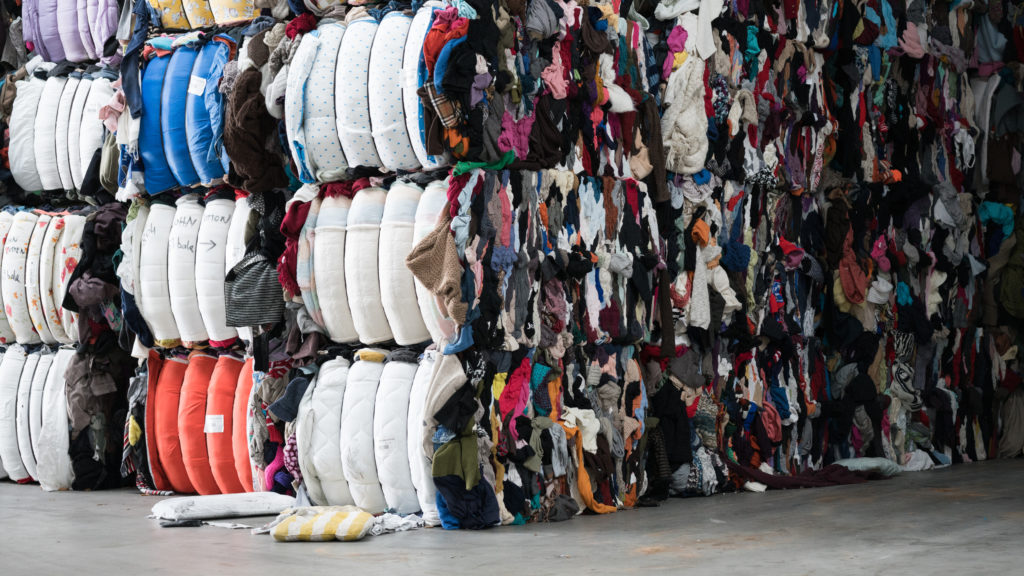The report, From Waste to Worth, analysed data from six UK retailers as well and various brands, recyclers and sorters.
It found that of the 1.9 million tonnes analysed in the report, 46% “was closed-loop (fibre-to-fibre) mechanically recyclable”, while 28% of products were found to be chemically recyclable.
It is estimated just 1% of clothes are currently recycled back into new garments, with the majority exported to developing countries for reuse.
Valpak also found 60% of the material analysed was found by Valpak to recyclable using a combination of chemical recycling and mechanical recycling.
Textiles EPR
Steve Gough, chief executive at Valpak, said: “Sustainable textiles management is rising swiftly up the agenda, with legislation and consumer demand bringing it into focus. Valpak already manages textiles compliance for businesses operating in France, and the rest of the EU is likely to follow suit with its own textile legislation in the next 12 months.
“As with all these reports, they use best available information and analysis, so we are always happy to hear from interested parties who have further information. While only representing a relatively small sample, Valpak’s textiles report shows a clear pattern – textile products made from single fibres offer significantly greater opportunity for recycling.
“It is also worth mentioning that while businesses pursue the holy grail – closed-loop recycling – established open-loop systems already successfully process textiles into usable products. A combination of reuse, closed and open-loop is likely to emerge as the most effective solution.”
Recyclability
The report also showed that limiting the use fibre blends in textiles is likely to increase recycling options as single fibres such as cotton or polyester are preferable due to the fact they dominate the market. 57% of all textile material analysed is cotton and 24% is polyester.

Stakeholders acknowledge that while the report demonstrates the growing potential for textile recycling, there is a consensus that prioritizing textile re-use over recycling is preferable. This preference arises from the substantial energy and resource requirements associated with textile recycling.
Capacity
The report finds one of the major barriers to recycling textiles in the UK is capacity as the scale of textile waste outweighs recyclers capacity.
The data available for this report differed greatly by retailer, some retailers data included category information, weights, and material composition data. For others, data contained category information and composition data but no weights. For some clothing only data, the retailers only included composition and total weight (tonnage). Data was also not widely available for embellishments such as zippers and buttons. In the report Valpak notes that for a more comprehensive view on the recyclability of textiles in the UK more data would be required.
Conclusions
The report concludes that textiles are largely able to be recycled in the UK but a significant investment in sorting structure is needed to achieving high recycling rates.










Subscribe for free